INSTITUTIONAL FORMS & URBAN LOGICS
Projects
Articles
Salons + Definitions
Workshops
Field Trips
Biographies + Acknowledgements
Projects
Articles
Salons + Definitions
Workshops
Field Trips
Biographies + Acknowledgements
Institutional Forms & Urban Logics was a masters studio at the Royal College of Art in London that ran from 2014-17. It was initiated as a project based around the study of institutions. The research was founded upon the question of institutions in relation to the urban, explored through a new lens each year. As our cities continue to grow at unprecedented rates, from fantastical branded enclaves to deregulated sprawl, their relentless proliferation outpaces our capacity to plan them. Institutions are our means to critique and intervene in this condition.
The Ghost in the Machine
2014 - 2015








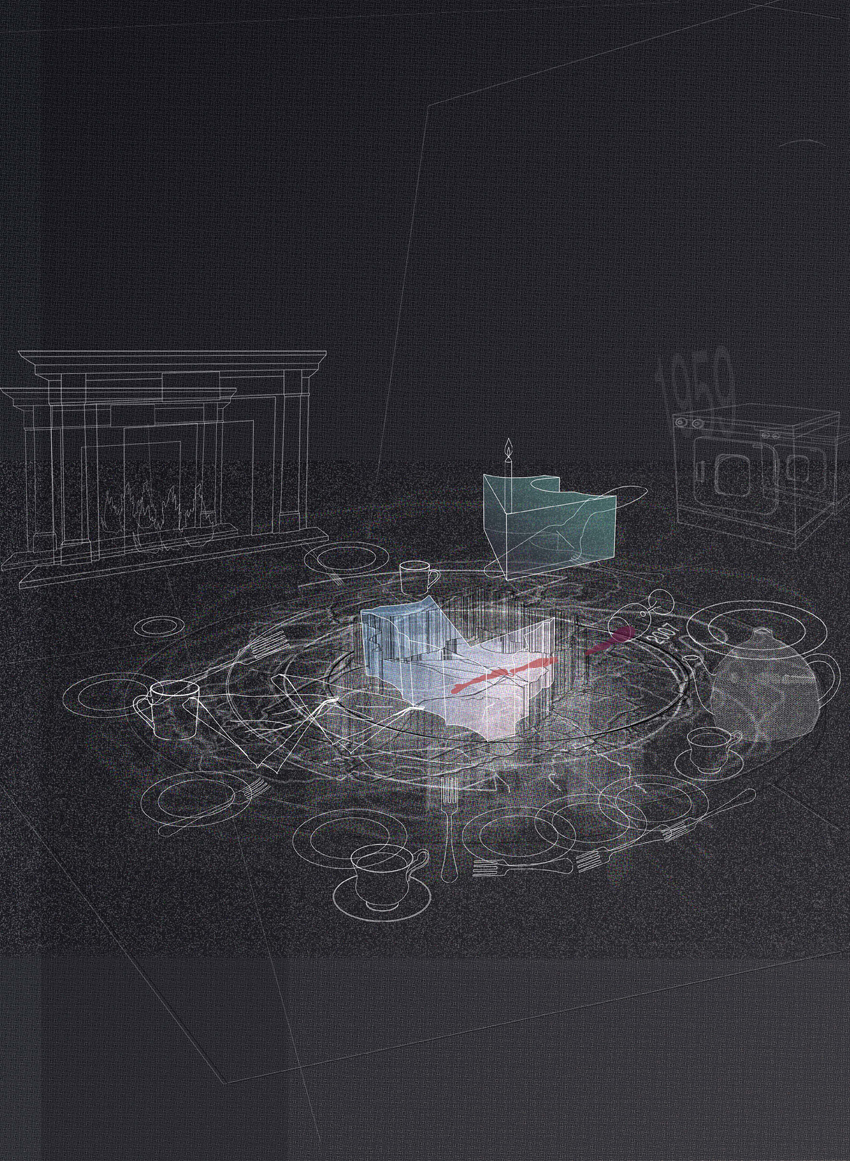
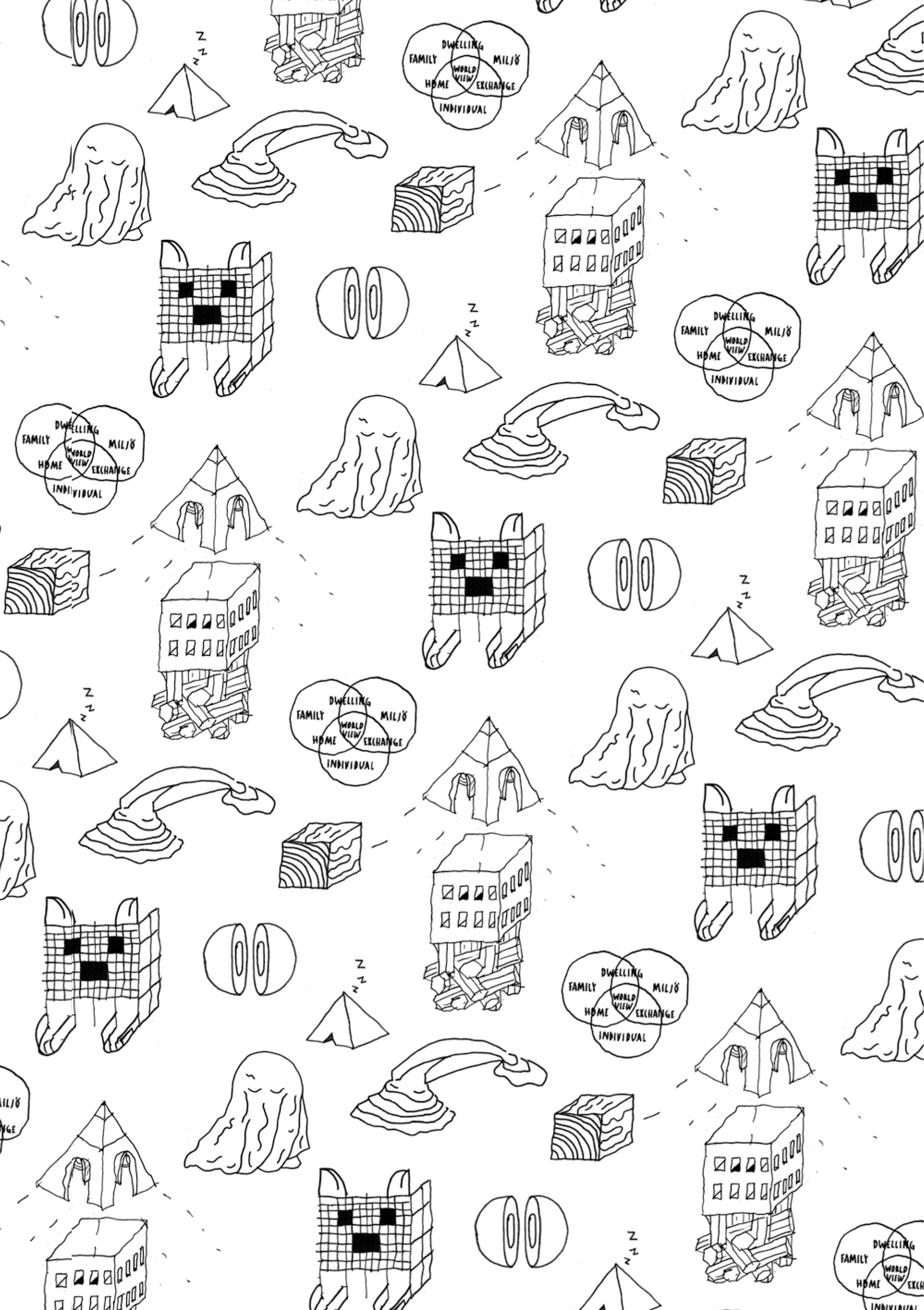


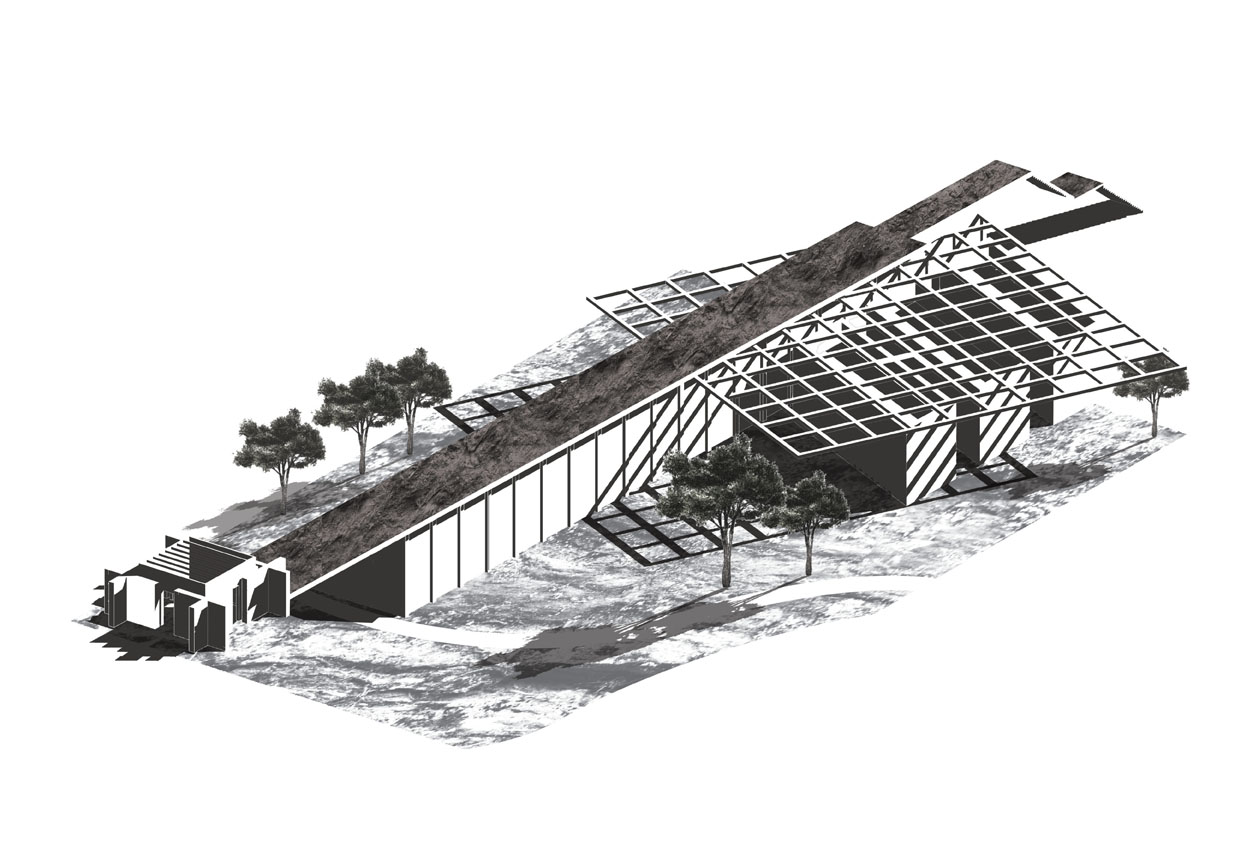
Project Credits
1. Catarina Brito, 1st Year
2. Claudia Fragoso, 1st Year
3. Corina Angheloiu, 2nd Year,
4. Nada Tayeb, 2nd Year
5. Juris Platacis, 1st Year
6. Rhys Williams, 2nd Year
7. Mino Chen, 1st Year
8. Ming Cherng Teong, 2nd Year
9. Nabi Masutomi, 2nd Year
10. Nils-Eryk Fransson, 2nd Year
11. Ourania Kondyli, 2nd Year
12. Sahra Hersi, 1st Year
13. Daniel Masterman, 2nd Year
Punctuating the endless space of the urban are its institutions: vessels of civic organization that orient us in the isotropic fabric of the city. Until recently, the institution and its host building have been inextricably linked. Understood as one and the same, these architectural artefacts have guided our reading of the territorial city, giving body and inflection to all that surrounds them. With the ambiguous condition of the contemporary city; shifting technology, fluid boundaries, the slippery nature of governance and the larger processes of urbanization, these two incarnations of the institution – material and organizational – have drifted apart. This years studio, The Ghost in the Machine, worked within this ambiguity. Our interpretations, definitions and position on the contemporary institution are deliberately broad allowing for the testing of spatial consequences and forming the lens through which to discuss the agency of architecture... (Download the 2014-15 programme documents).
New Subjectivities
2015 - 2016
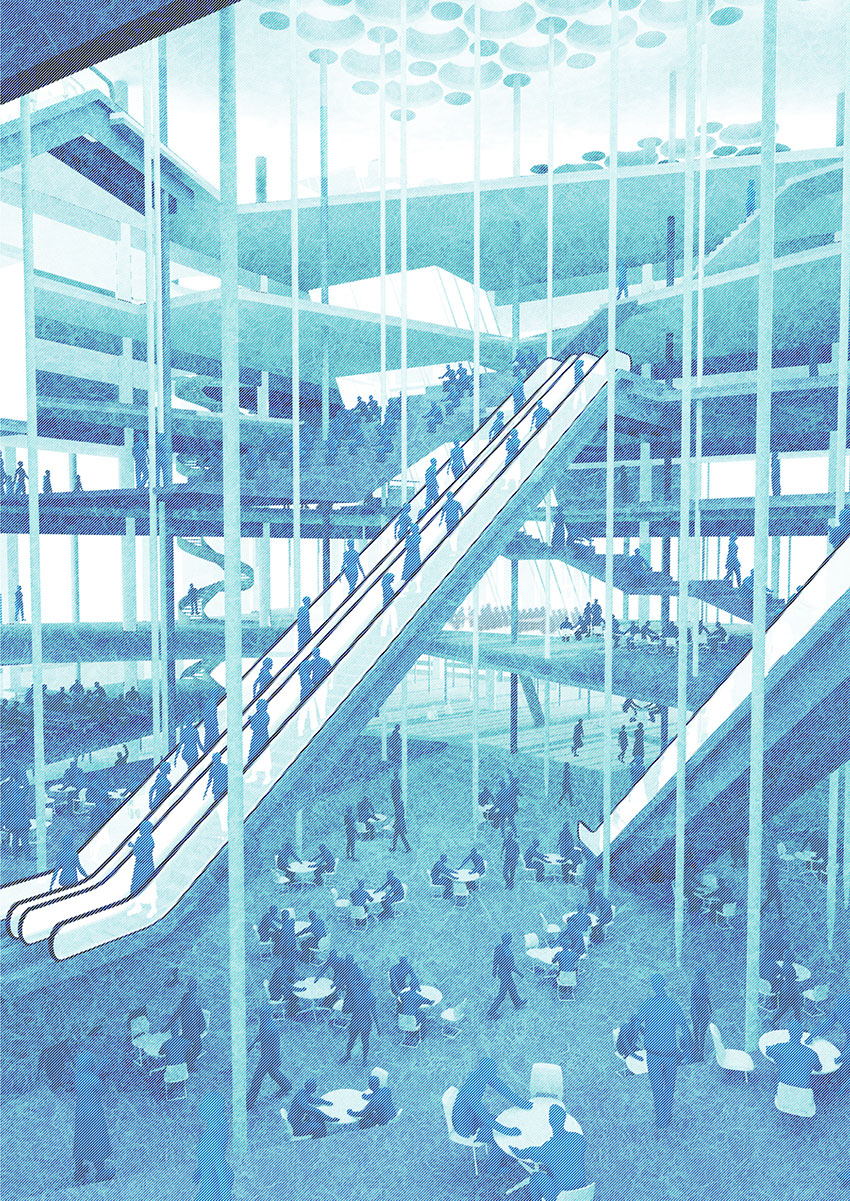

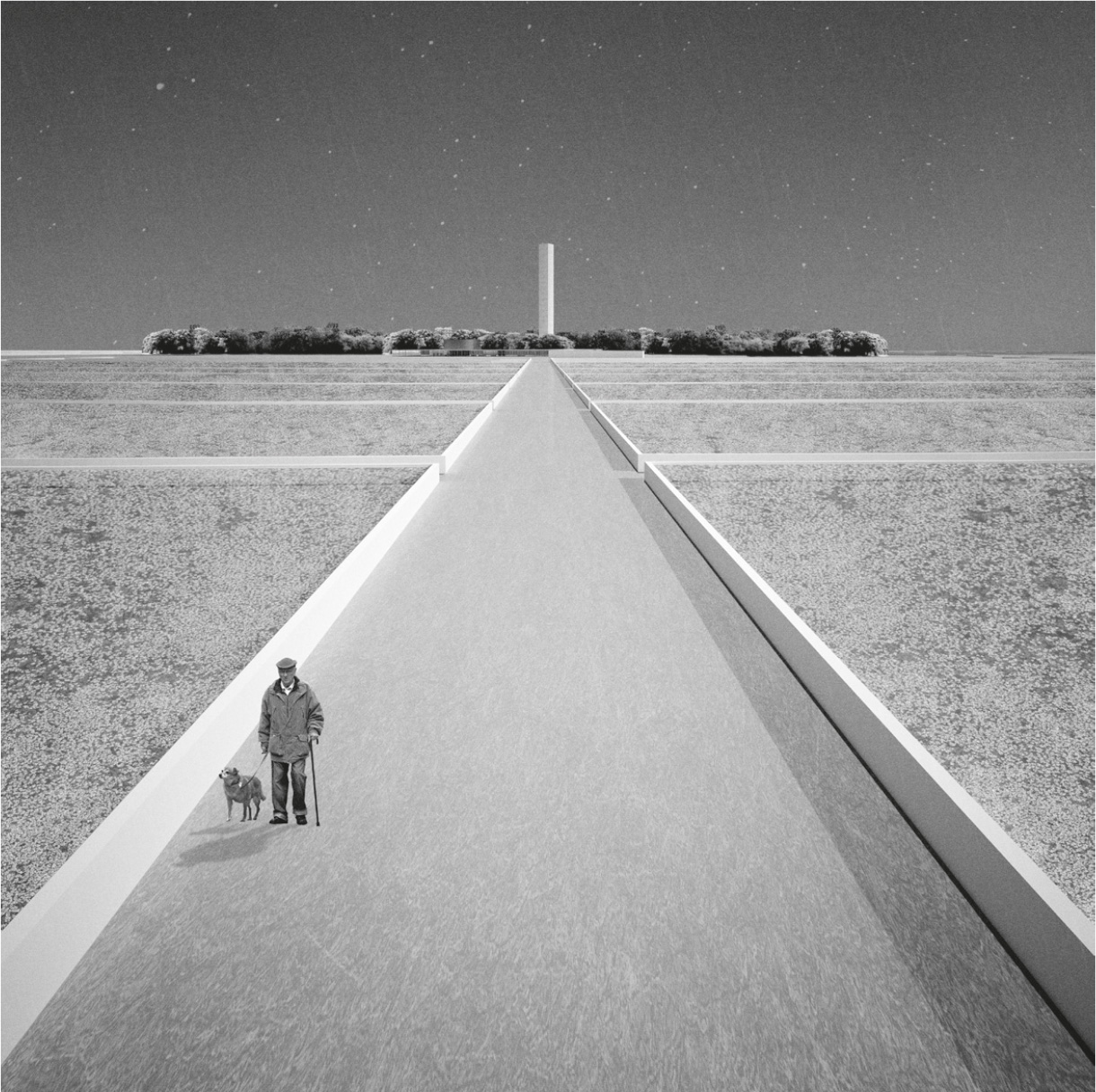




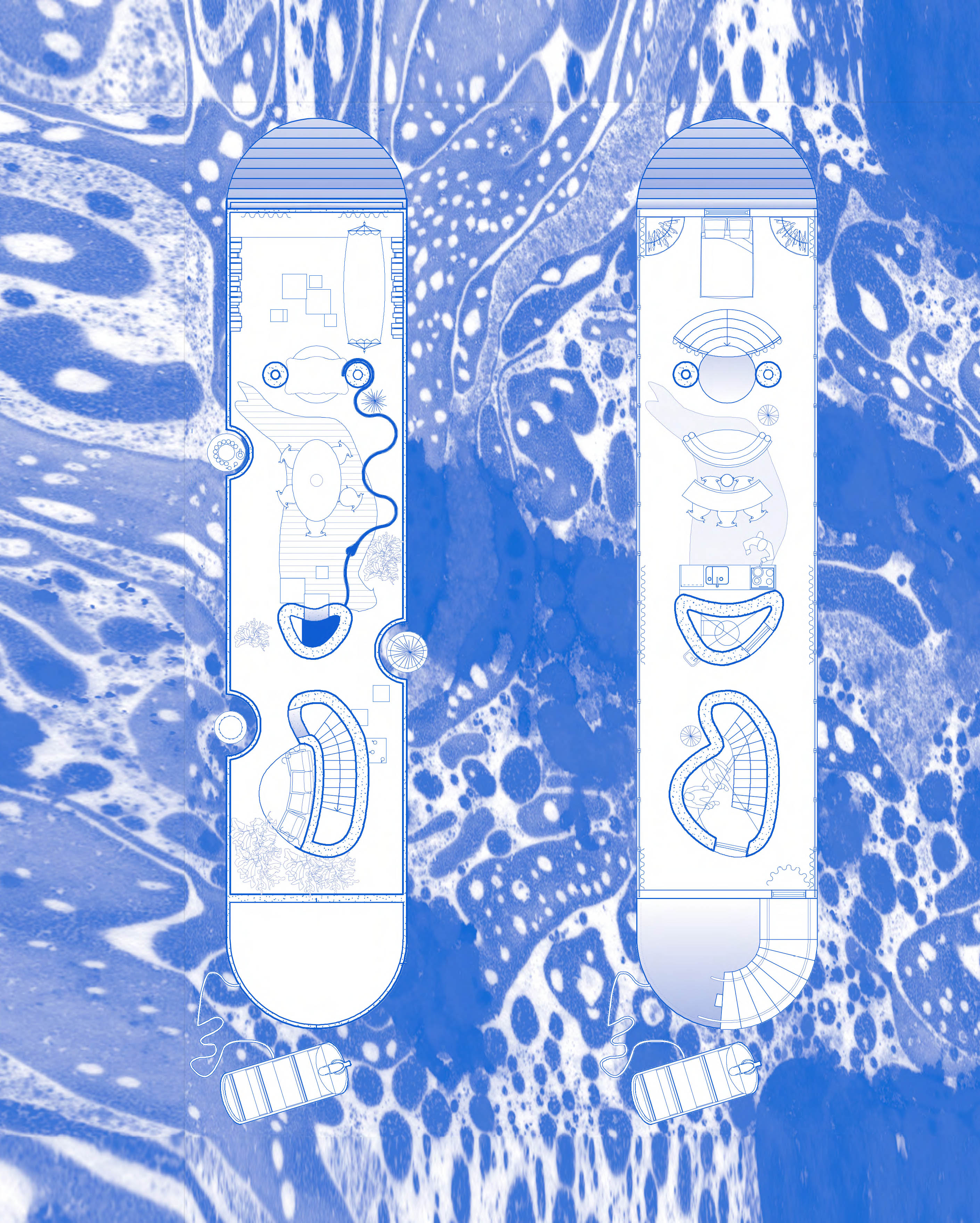
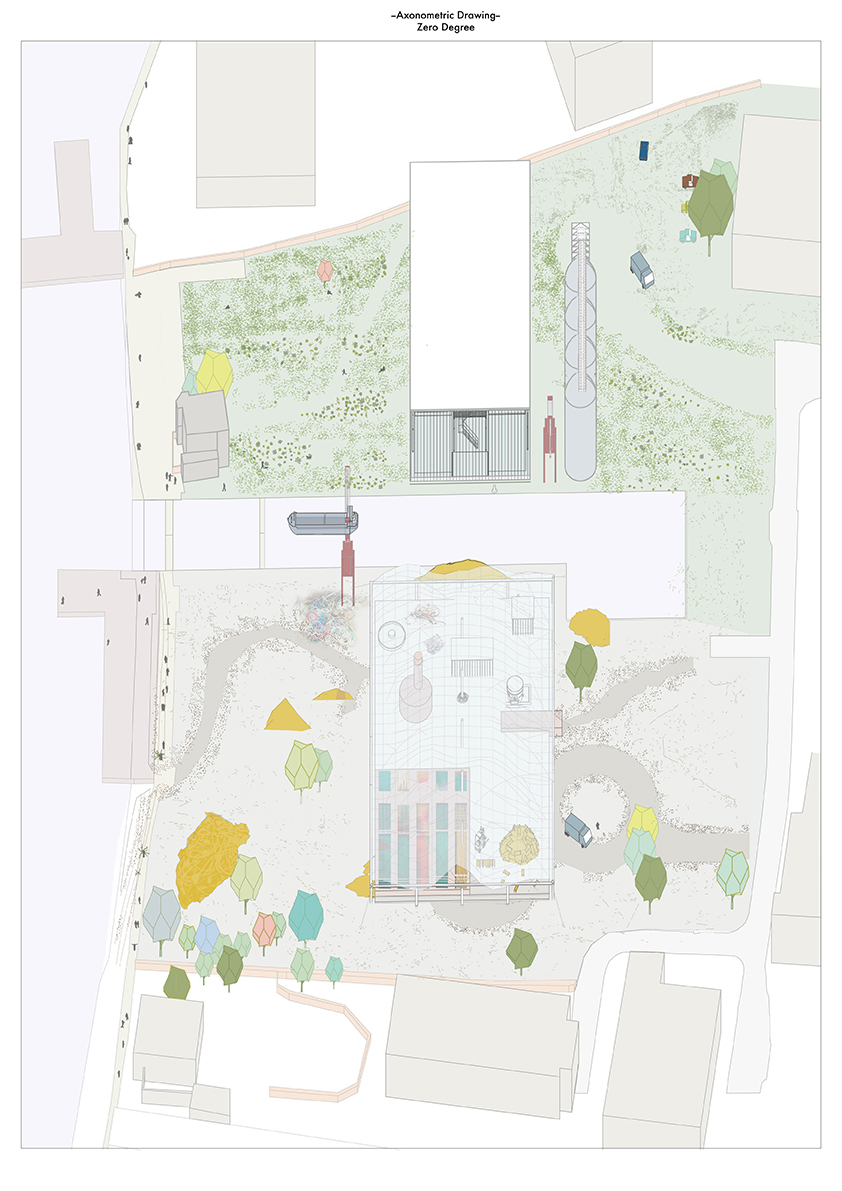


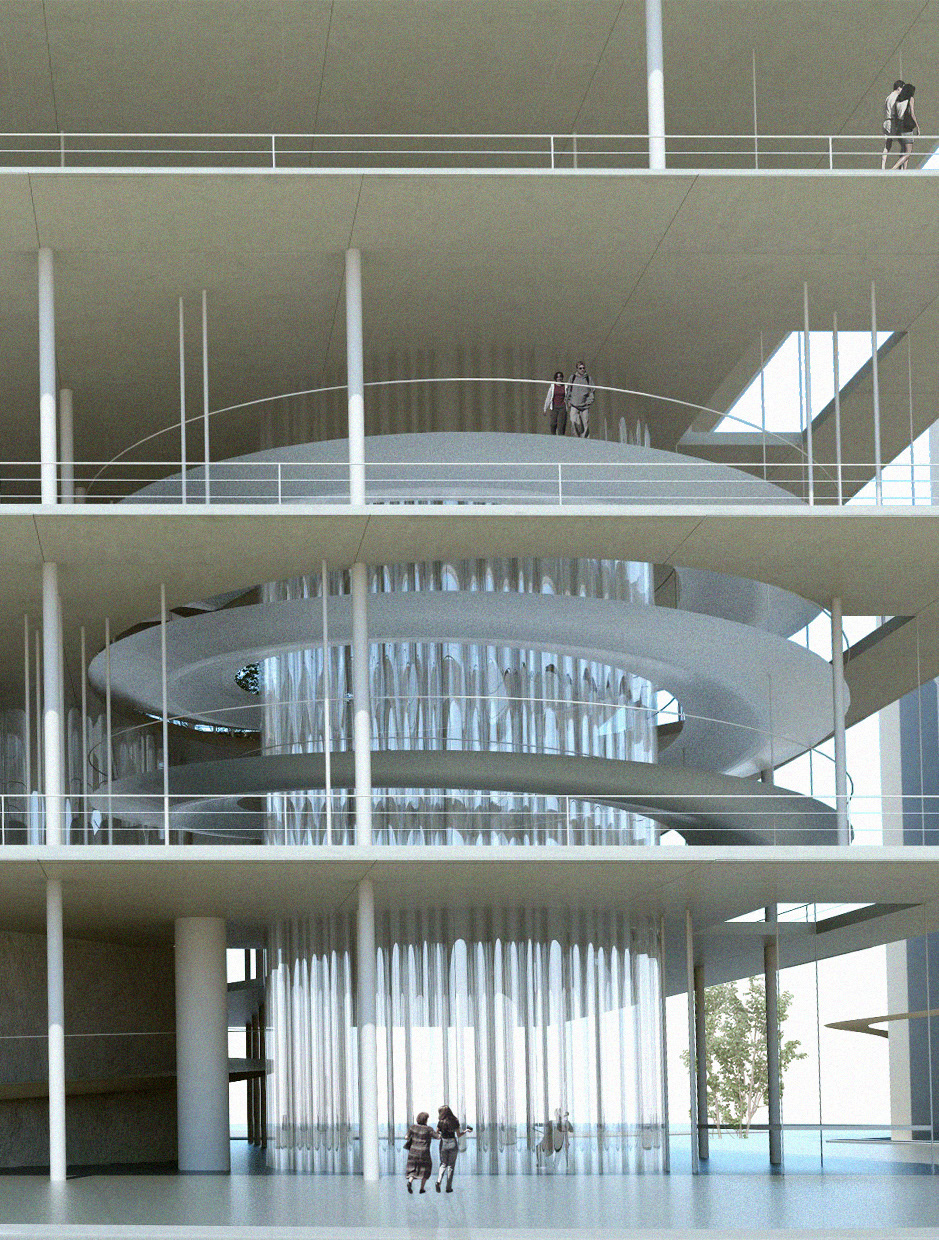
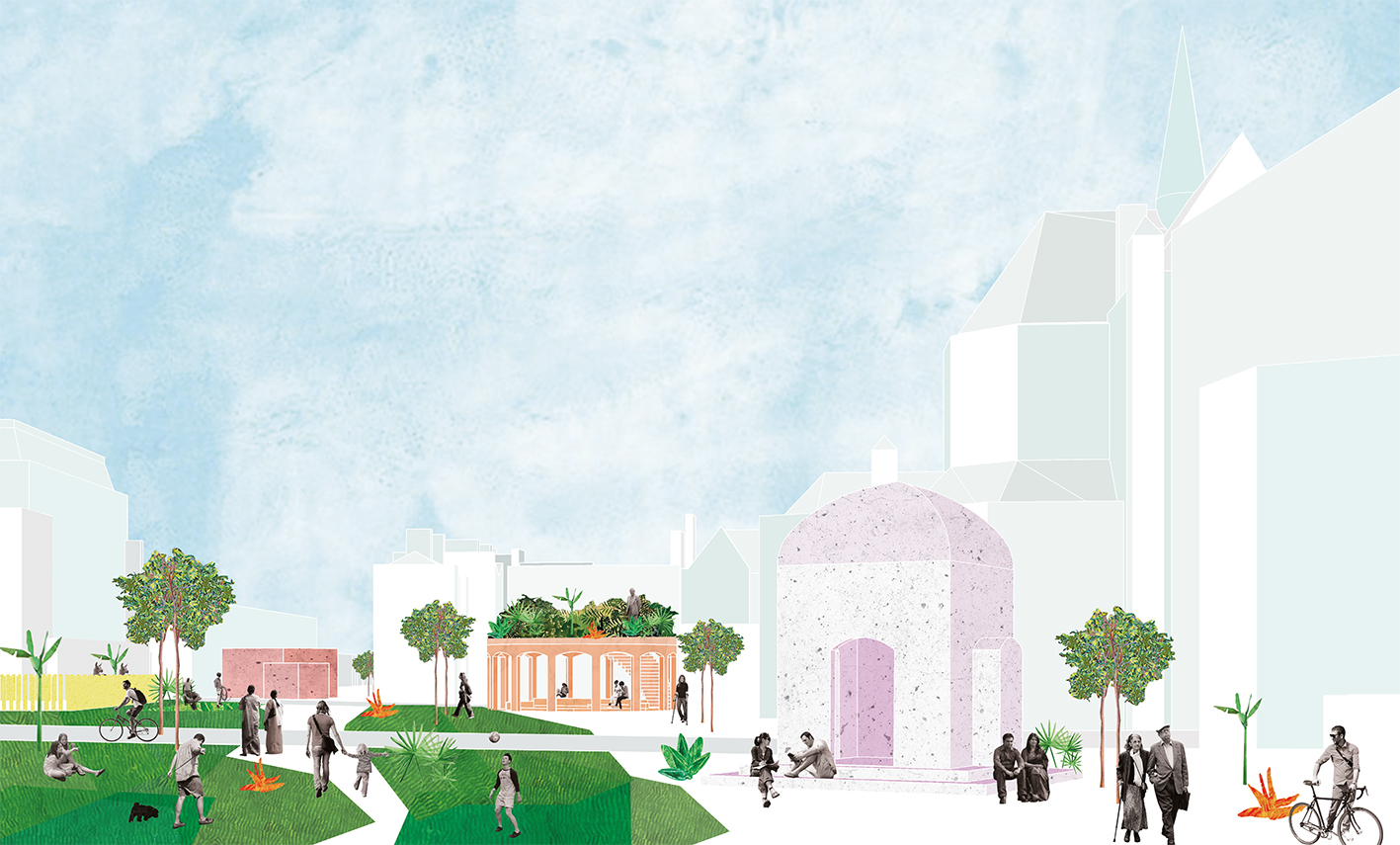



Project Credits
1. Paul Cohoon, 2nd Year
2. Roma Gadomska-Miles, 2nd Year
3. Juan Gurrea-Rumeu, 2nd Year
4. Ashleigh James, 2nd Year
5. Agnieszka Kwiecien, 2nd Year
6. Jessica Lyons, 2nd Year
7. Nikolaus Rach, 2nd Year
8. Umi Baden-Powell, 1st Year
9. Max Bontoft, 1st Year
10. Muhammad Enayet, 1st Year
11. Hema Ganesan, 1st Year
12. Danae Haratsis, 1st Year
13. Carmel Keren, 1st Year
14. Stanley Tan, 1st Year
15. Stephanie Tham, 1st Year
16. Yuanxu Tang, 1st Year
1. Paul Cohoon, 2nd Year
2. Roma Gadomska-Miles, 2nd Year
3. Juan Gurrea-Rumeu, 2nd Year
4. Ashleigh James, 2nd Year
5. Agnieszka Kwiecien, 2nd Year
6. Jessica Lyons, 2nd Year
7. Nikolaus Rach, 2nd Year
8. Umi Baden-Powell, 1st Year
9. Max Bontoft, 1st Year
10. Muhammad Enayet, 1st Year
11. Hema Ganesan, 1st Year
12. Danae Haratsis, 1st Year
13. Carmel Keren, 1st Year
14. Stanley Tan, 1st Year
15. Stephanie Tham, 1st Year
16. Yuanxu Tang, 1st Year
This year New Subjectivites focused on institutions looking forward. Institutions are invented, consolidated and then instrumentalised as a positive or palliative solution to an ideological crisis – a way in which to preserve and propagate a collective ideology. We set out to explore the role of institutions in the production of new subjectivities emerging out of new movements, conditions and trends. Most critically, to explore the elusive relationship between architectural form and institutional imperative. Through the ages, institutions have invented ingenious ways to engender subjectivity. Collective movements gain momentum and gravitas, take institutional form, and shape and shift our shared ideologies. These devices are able to navigate our heterogeneous natures and trace shared vibrations of accepted terms and conditions of society. The deterritoralizing flow of liquid capital has created an unprecedented scale of subjectivity. The perpetual shrinking and collapsing of the world, the blurring and redefinition of its borders, brings into question the agency of our institutions. As crisis, revolutions and wars burn the institutions of today to the ground, new institutions rise from the ashes to consolidate and perpetuate new subjectivities. We asked how these institutions will take shape as architectural edifices in the city that engender and support the bio-politic of the urbe. In terms of their ideology, operation and form, how will these emerging institutions assert their relevance and recalibrate the world around them?... (Download the 2015-16 programme documents).
Units, Scales and Measures
2016 - 2017

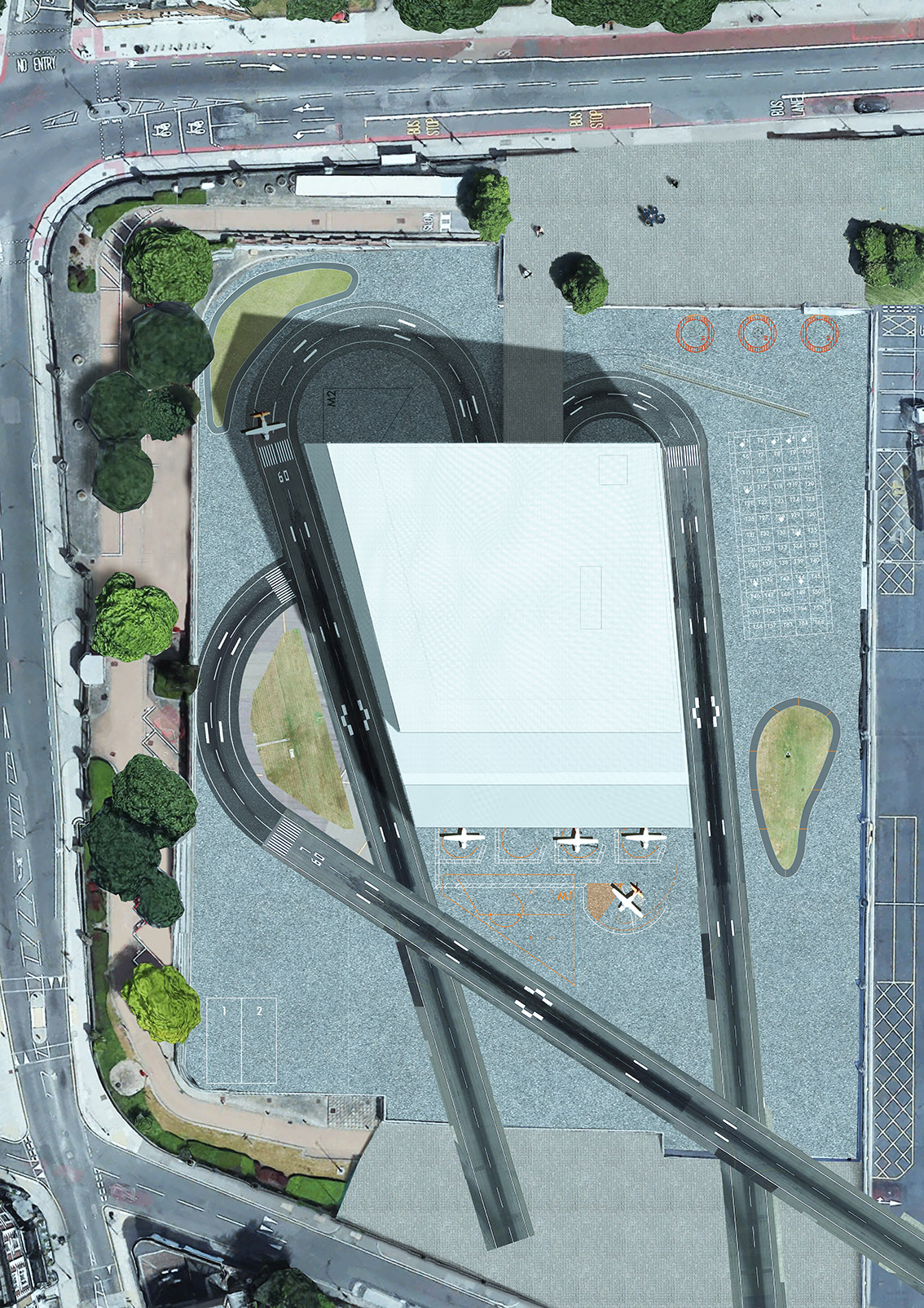

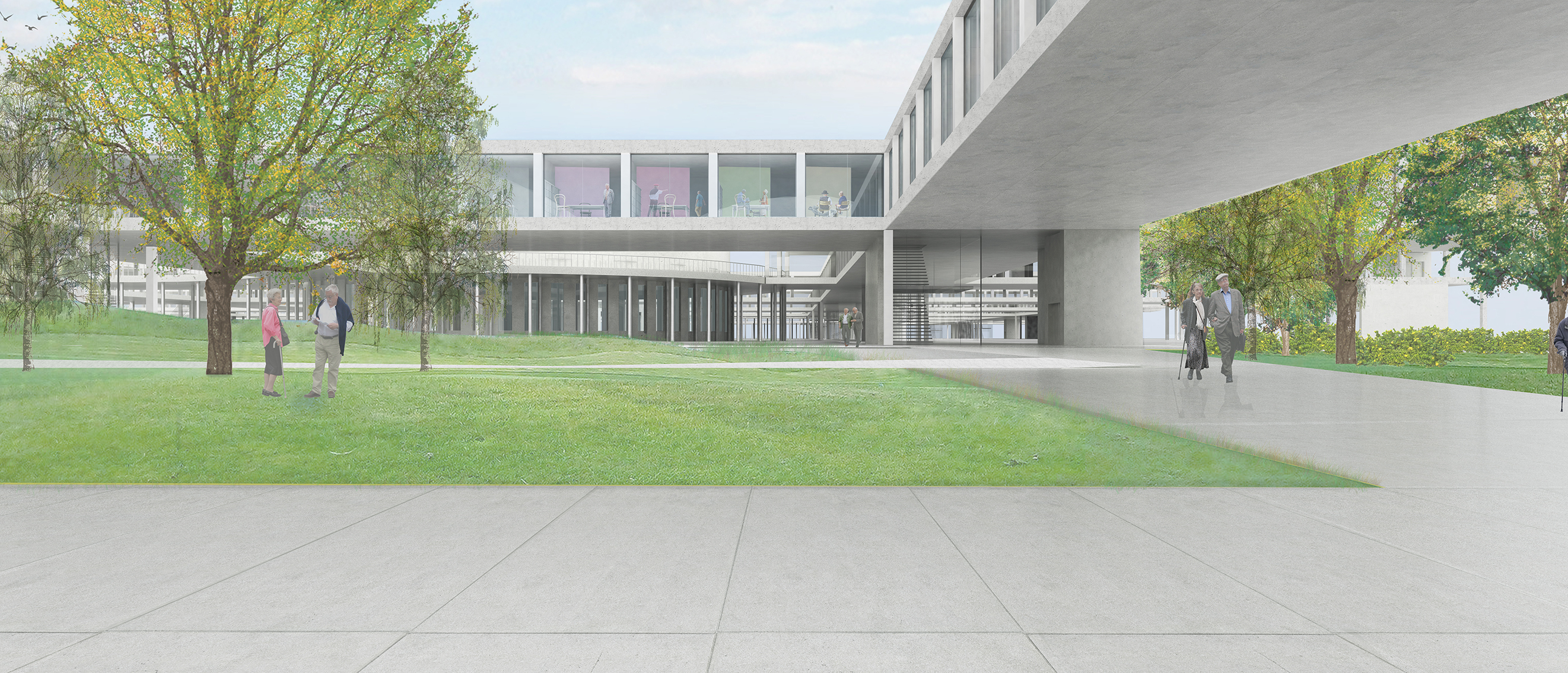


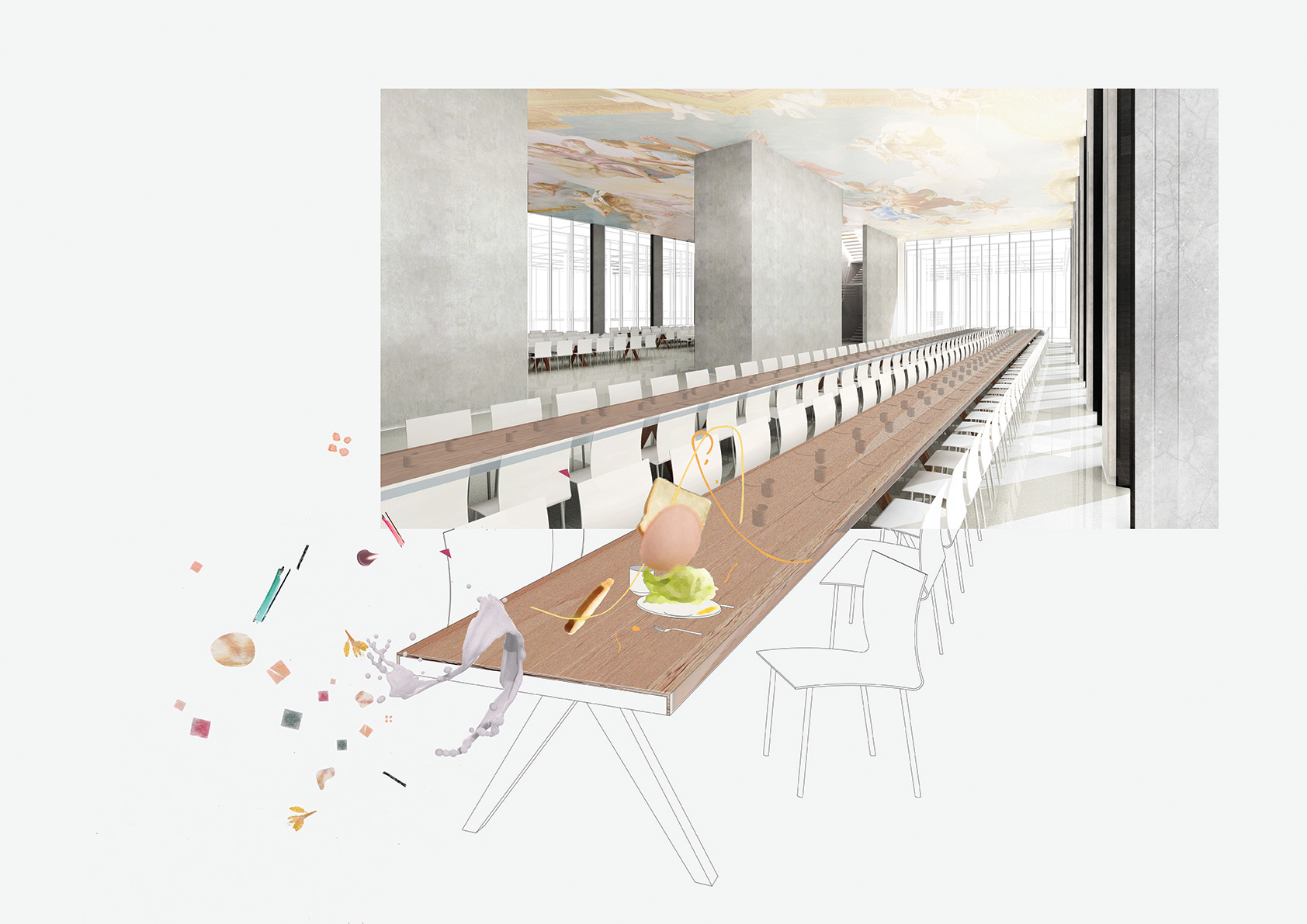


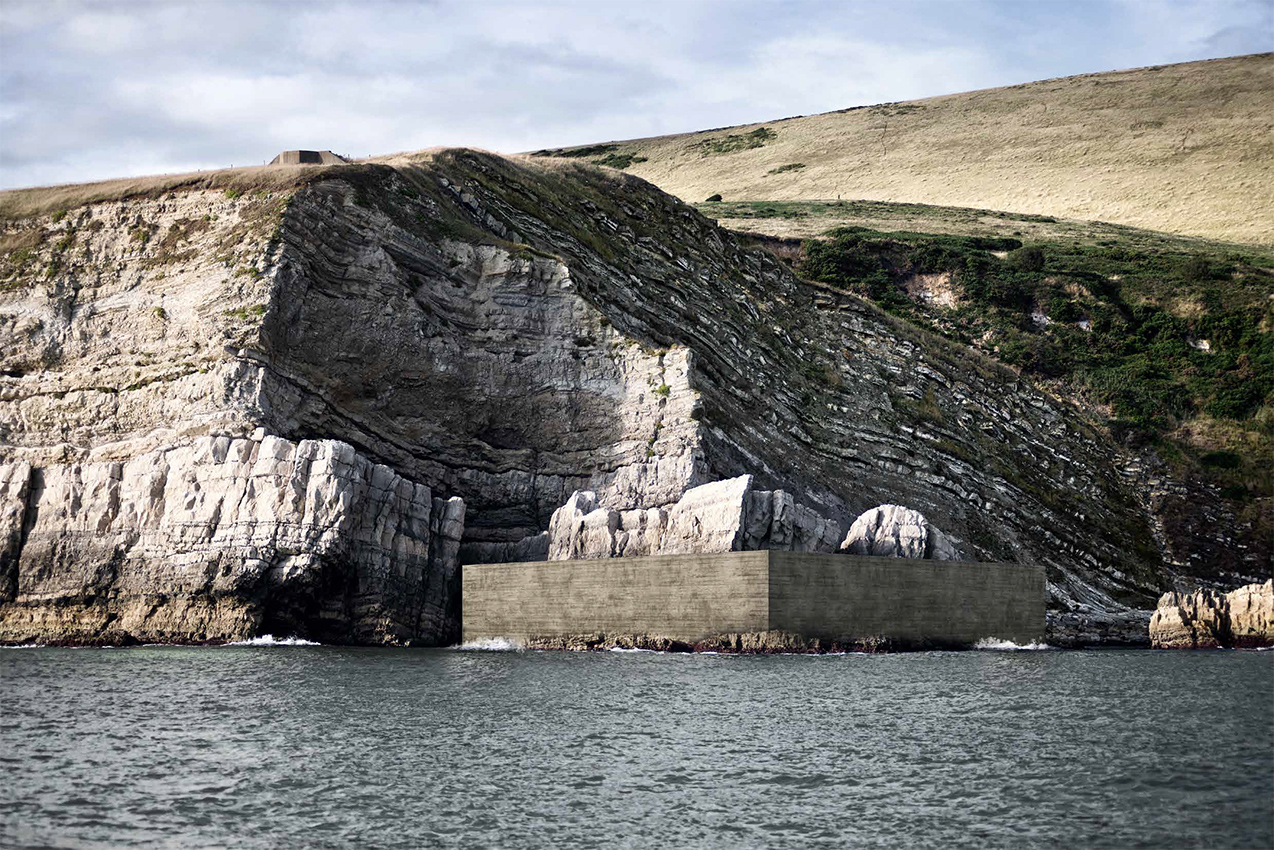



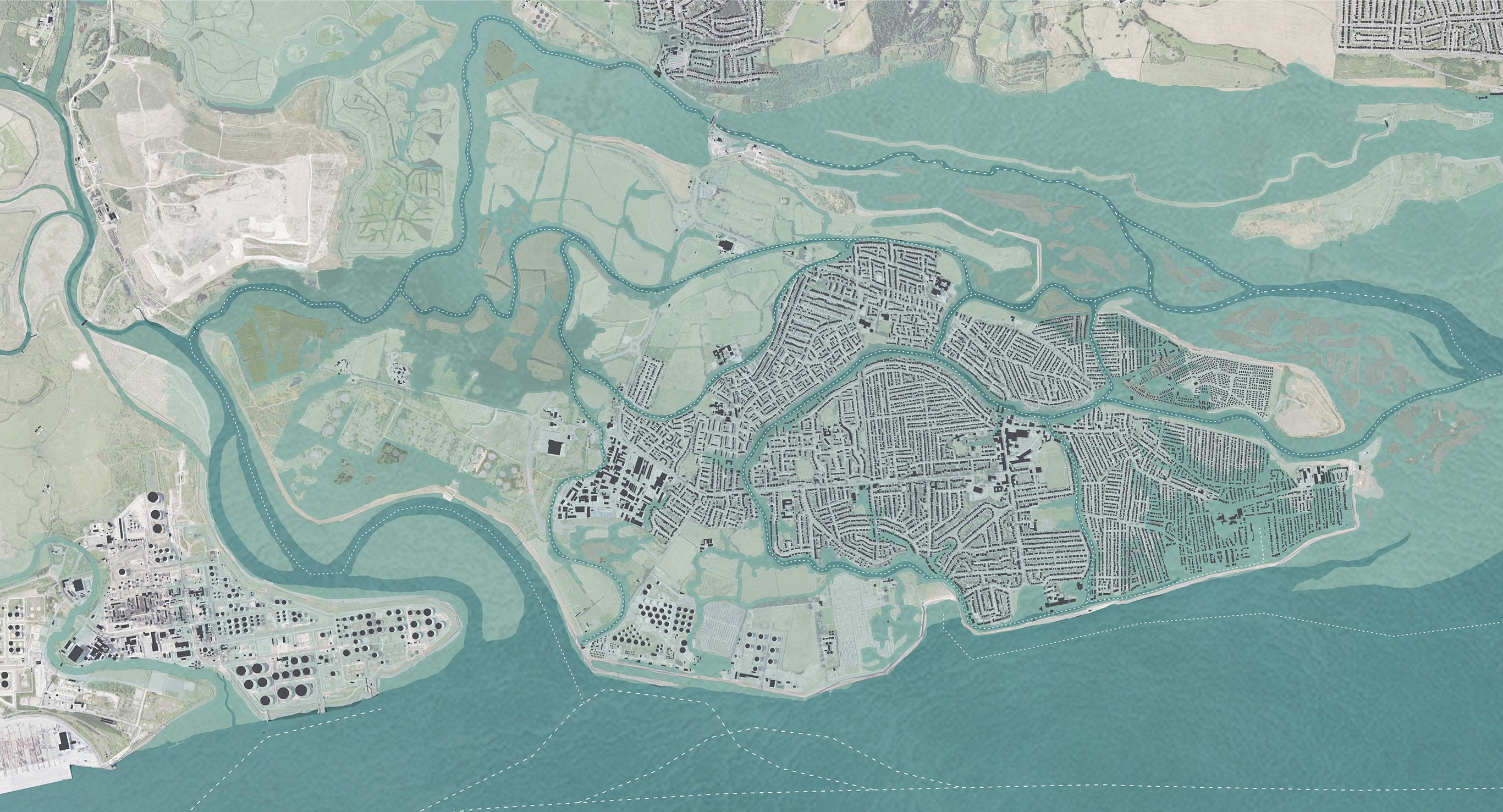

Project Credits
1. Amir Afshar, 2nd Year
2. Max Bontoft, 2nd Year
3. Danae Haratsis, 2nd Year
4.Ludovica Gilio, 2nd Year
5. Sophie Worsnop, 2nd Year
6. Yujun Liu, 1st Year
7. Berenice Martin, 1st Year
8. Aiko Nakada, 1st Year
9. Karina Pitis, 1st Year
10. Joana Ribeiro, 1st Year
11. Florian Scheucher, 1st Year
12. Pierre Shaw, 1st Year
13. Naomi Shewa, 1st Year
14.Corina Thomas, 1st Year
15. Sophie Williams, 1st Year
1. Amir Afshar, 2nd Year
2. Max Bontoft, 2nd Year
3. Danae Haratsis, 2nd Year
4.Ludovica Gilio, 2nd Year
5. Sophie Worsnop, 2nd Year
6. Yujun Liu, 1st Year
7. Berenice Martin, 1st Year
8. Aiko Nakada, 1st Year
9. Karina Pitis, 1st Year
10. Joana Ribeiro, 1st Year
11. Florian Scheucher, 1st Year
12. Pierre Shaw, 1st Year
13. Naomi Shewa, 1st Year
14.Corina Thomas, 1st Year
15. Sophie Williams, 1st Year
Whilst the previous two years took historic and future explorations respectively, Units, Scales and Measures carved a trajectory across time. The human tendency to categorise and define everything, from metric systems and DIN standard, to the Gregorian calendar, prosperity, currency and shipping containers, carbon bonds and census data, are as much political project as they are forms of relative comparison and methods of efficiency. These systems, borne out of institutional constructs, form and shape our daily activity and manifest across scales. These shared languages of size, organisation and value, are the syntax of our environment, from carparking grids to euros to the working week, we live amongst and through them. The studio started this year with the claim that in fact every detail in our lives and the physical environment around us is the accumulated result of the myriad of institutions that inform our existence. Most specifically, we claimed that our built environment is a direct and specific response to a series of institutional imperatives. We sought to understand this through a precise line of enquiry; measure... (Download the 2016-17 programme documents).
© Copyright 2014-2017 Institutional Forms and Urban Logics - if you have any questions please email admin@institutionalforms.com